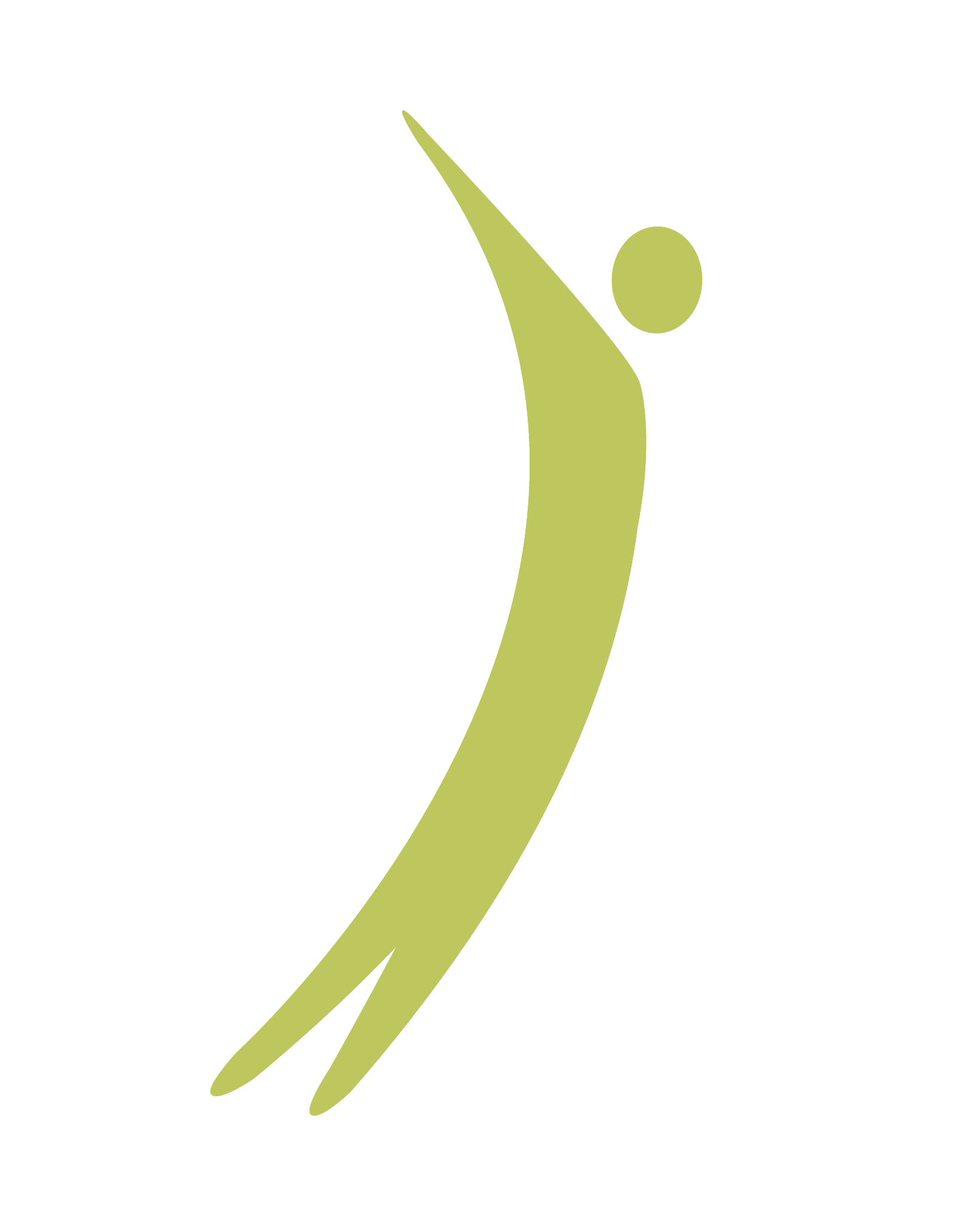
Case Study:
Resolving Global Dysfunction
The Challenge
A large pharmaceutical company’s multiple manufacturing science and technology department teams operated from locations around the globe. Common goals of these teams required collaboration and information sharing to achieve results, but the groups were experiencing conflict, competition, lack of trust and breakdown in communication. Results were sub-par.
Continuum Solution
Continuum worked with an internal team to survey key members and gain a better understanding of situation dynamics.
The first priority was to improve work relationships between a specific U.S. team and one in Ireland. The Continuum Consultant designed a nine-month intervention that included multiple components:
Feedback surveys – Each team provided confidential feedback and expressed what they needed from the other team to be more successful.
Facilitated conversations – Virtual meeting discussions helped increase understanding of the core issues (both common and site-specific) and allow shared responsibility for solutions.
Cross-cultural training – Personality and conflict profiles were developed for the groups and individual members.
Individual team retreat – One each for the United States and Ireland sites confidentially surfaced issues and educated each about common cultural differences and working styles for the other site.
Combined U.S./Ireland team-building retreat – The retreat pulled together all components, building trust, communication, collaboration and cultural understanding. Specific problem areas were identified for the group to discuss and create strategies for improvement.
Outcome
Groups crafted an Ongoing Engagement Plan with shared agreements for working together, a process of accountability and agreed-upon methods for addressing potential conflict or lack of understanding before negative effects manifested.
In addition, the groups designed Action Plans, including timelines, that laid out group recommendations for improvements to present to management.
Upon reviewing program outcomes and the teams’ new working processes, their department leader stated that the increase in communication and trust were already evident. At this time, informal reviews show positive results have been maintained.
Consulting • Coaching • Capability Building • Change


